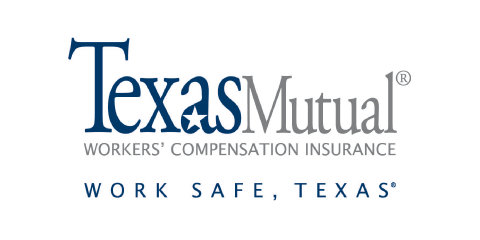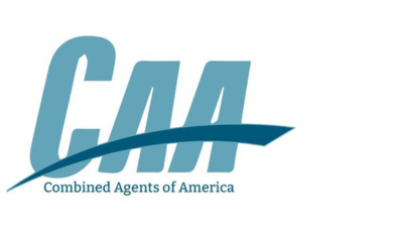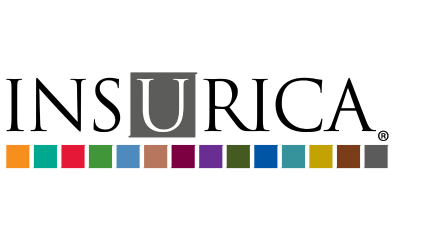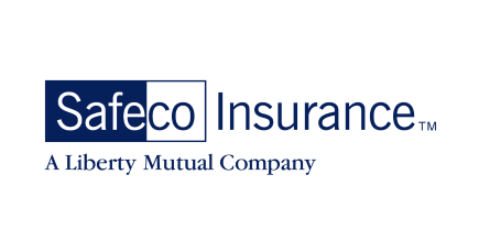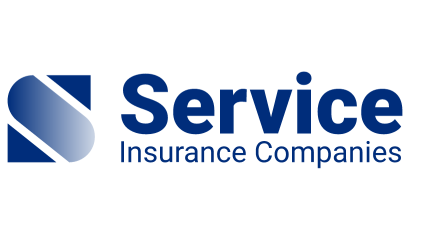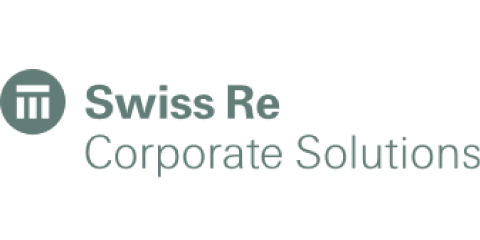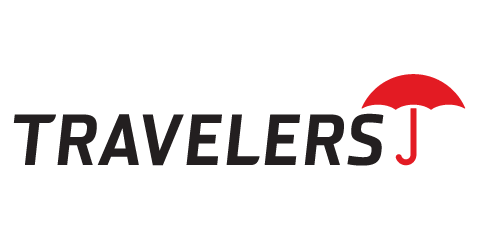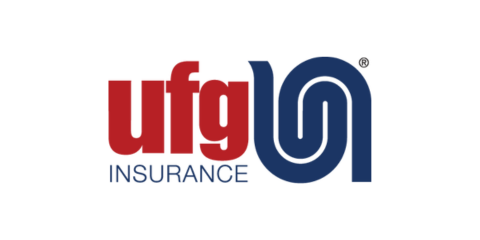Agents have access to all kinds of alternative insurance mechanisms to serve their clients’ needs, including risk retention groups (RRGs), risk purchasing groups (RPGs) and captive insurers. It’s important to understand how these markets differ from each other and from “standard” insurers.
RRGs and RPGs are products of federal legislation. Congress passed the Product Liability Risk Retention Act in 1981 to allow businesses to obtain coverage when it might otherwise be unavailable or unaffordable. At the time of its original passage, the act applied only to products liability. The hard market of the early 1980s further broadened the need for alternative methods of insurance as conventional insurers tightened underwriting requirements and raised premiums dramatically. Congress acted again by amending the 1981 act with the Liability Risk Retention Act of 1986, which allowed the formation of RRGs and RPGs to provide all kinds of liability insurance, including professional liability.
Risk Retention Groups
A risk retention group is a type of group captive risk bearing insurer authorized by the federal law and loosely regulated by states. The law permits states to charter an RRG domiciled in that state or to register an RRG that is chartered in another state (or in Bermuda or the Cayman Islands). Insurance through an RRG can be offered by an agent who is licensed in that state, either as a resident or a nonresident. An RRG is not required to submit policy forms or rates for regulatory approval, and it is not protected by the state guaranty fund. Before an agent can sell insurance offered by an RRG to a consumer, the agent must verify that the RRG has been authorized to write insurance in the state. Texas agents can do this on the TDI web site by clicking on Company Lookup on the home page at www.tdi.state.tx.us. An RRG must include “Risk Retention Group” in its chartered name.
Risk Purchasing Groups
A risk purchasing group is not an insurer at all, but provides the means for a group of businesses to purchase liability insurance through an admitted or nonadmitted insurer on a group basis with minimal oversight by state regulatory authorities. Insurance purchased through an RPG is not protected by the state guaranty fund unless the insurer is an admitted insurer (or member of a group of insurers) with capital and surplus of at least $25 million. Before an agent can sell insurance offered through an RPG to a consumer, the agent must verify that the RPG has been registered to write insurance in the state. Texas agents can do this on the TDI web site by clicking on Company Lookup on the home page at www.tdi.state.tx.us. An RPG must include “Purchasing Group” in its chartered name.
Captive Insurers
Captive insurers can take several forms, but regardless they are formed to insure the loss exposures of the captives’ owners or members. This arrangement has sometimes been referred to as “formalized self-insurance.” Several but not all states have enacted legislation to facilitate the formation and operation of captive insurers within their jurisdictions. Texas has no law in place to facilitate or regulate captives.
There are several different kinds of captive insurers. Pure captives are owned by a parent corporation and its subsidiaries to insure the exposures of those companies. Group captives are established by several unrelated but usually similar organizations to provide insurance for those organizations. Association captives are owned by industry or professional associations to provide insurance for association members. Agency captives are owned by a single insurance agency or a group of agencies to provide insurance for commercial customers of the agency or agencies. Rent-a-captives are companies that provide captive facilities to others for a fee.
Captive insurers offer the following advantages:
- Capacity to insure otherwise uninsurable exposures or exposures that conventional insurers are unwilling to insure
- Direct access to the reinsurance market
- Ability to settle third-party claims without directly involving the parent corporation
- Possible reduction in insurance costs through investment of premium dollars, retained profits, and deferred income taxes
Over 1,000 captives are incorporated domestically in states that have passed enabling legislation to facilitate formation, with over 800 of those domiciled in Vermont, Hawaii and South Carolina. Several thousand captives operate outside the United States. Favorite havens for offshore captive companies include Bermuda, the Caymans and other Caribbean islands, Guernsey, and the Bahamas. Bermuda is the most popular venue because of its proximity to the U.S. and favorable business environment. Bermuda has few regulations governing reserves, investments, or monetary exchange. The development of Bermuda as a center for international insurance and trade has resulted in the creation of a pool of resources to support insurance company operations.
In discussing captives, reference is often made to the so-called income tax advantages because the parent can immediately deduct the premium paid to the captive insurer as an expense. With self-insurance, the parent must wait until a loss occurs to deduct losses as an expense. The premiums paid to the captive insurer are income, which eventually reverts to the parent as income and therefore is ultimately taxable. The real advantage of a captive is not in the saving of tax dollars but that the corporation has the use of its money for investment purposes during the interim. This advantage is especially attractive for larger firms with high premiums.
There is one major problem with the captive insurer approach. Tax laws and interpretations of those laws are subject to change from year to year. Producers that use captive insurers must monitor tax laws and interpretations and react to changes that might affect those captives and the customers insured by them. More information is available at www.captive.com.

